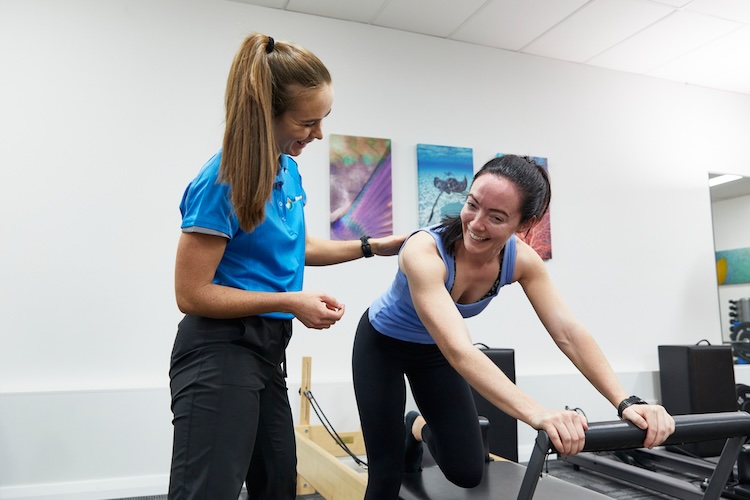Cycling through pain and fatigue
Scheduling your daily activities to make the most out of your day
Lock down made us change up our routines, without allowing us to have any choice over how these changes might occur.
For many people, staying at home meant we needed to build new routines around when to sleep, eat, exercise and work and just as we started to adapt to our routine, we’re expected to come out of it as quickly as we came in.
We know that change in routine effects our body and mind, and for people with chronic pain or fatigue, these effects may be exacerbated. Sometimes the habits we build around routine are not the best way to support us to live our best lives despite pain or fatigue.
I’m cycling and it’s not on a bike!
When experiencing chronic pain and fatigue, it’s easy to find yourself cycling through periods of activity and rest. You may push yourself until you are exhausted or the pain makes you stop and rest. Or you may stay in cycles of inactivity for fear of exacerbating your pain and fatigue.
How do I get it right?
There is lots you can do and an Occupational Therapist can support you through the process of lifestyle change needed. One important change is learning how to schedule your daily activities to get the most out of your day despite pain or fatigue.
How to schedule activities into your day without overdoing it.
Complete an activity and rest diary
This helps you to keep track of activities that may increase or decrease your pain or fatigue, and notice patterns in when you might be feeling fatigued or in pain. The activity and rest diary then helps you to identify when to schedule these activities so you can get the most out of your day. It also helps you to identify your activity tolerance so that you can work out how long you can complete the activity for without off setting your pain or fatigue.
Our Occupational Therapists have plenty of helpful tips for working out your activity tolerance so check in with us for some support with this.
Schedule in rest breaks
Scheduling rest breaks is part a process we call ‘pacing’. This means stopping before the pain or fatigue makes you stop. How do we know when to stop? You can refer back to your activity tolerance and plan ahead for when a rest break may be needed. This can be tricky and there is a formula that can be used to make it a more exact science. To save time, energy and to ensure you get it write, we recommend you speak to an occupational therapist about this.
Most importantly, schedule activities into your day that you enjoy.
Prioritise activities that give you meaning and purpose. You may feel pressured to do only do the things that you have to or are expected to do. Be sure to also include those things that you want to do.
If cycling (on a bicycle) is your thing, make sure to schedule in some time to do this, within your activity tolerance measures and when you’re at your best during the day. Do more of the activities that are helpful (and meaningful) and less of those that are unhelpful!.
You may also like to read Sasha’s blog on Living well despite COVID-19 for info on 5 ways to build wellness in your life. and To Move or Not to Move and Pacing for A Painless Life
There are many strategies available to help you get the most out of your day when you live with pain and fatigue. Individually tailored plans are always more effective. These can be devised with one of our Occupational Therapists at Next Wave Therapy!
Copyright next Wave Therapy
Written by Zoe Cole, Occupational Therapist with a strong interest in pain care and mental health. Zoe is also a qualified yoga teacher and teaches yoga classes here at Next Wave Therapy.







